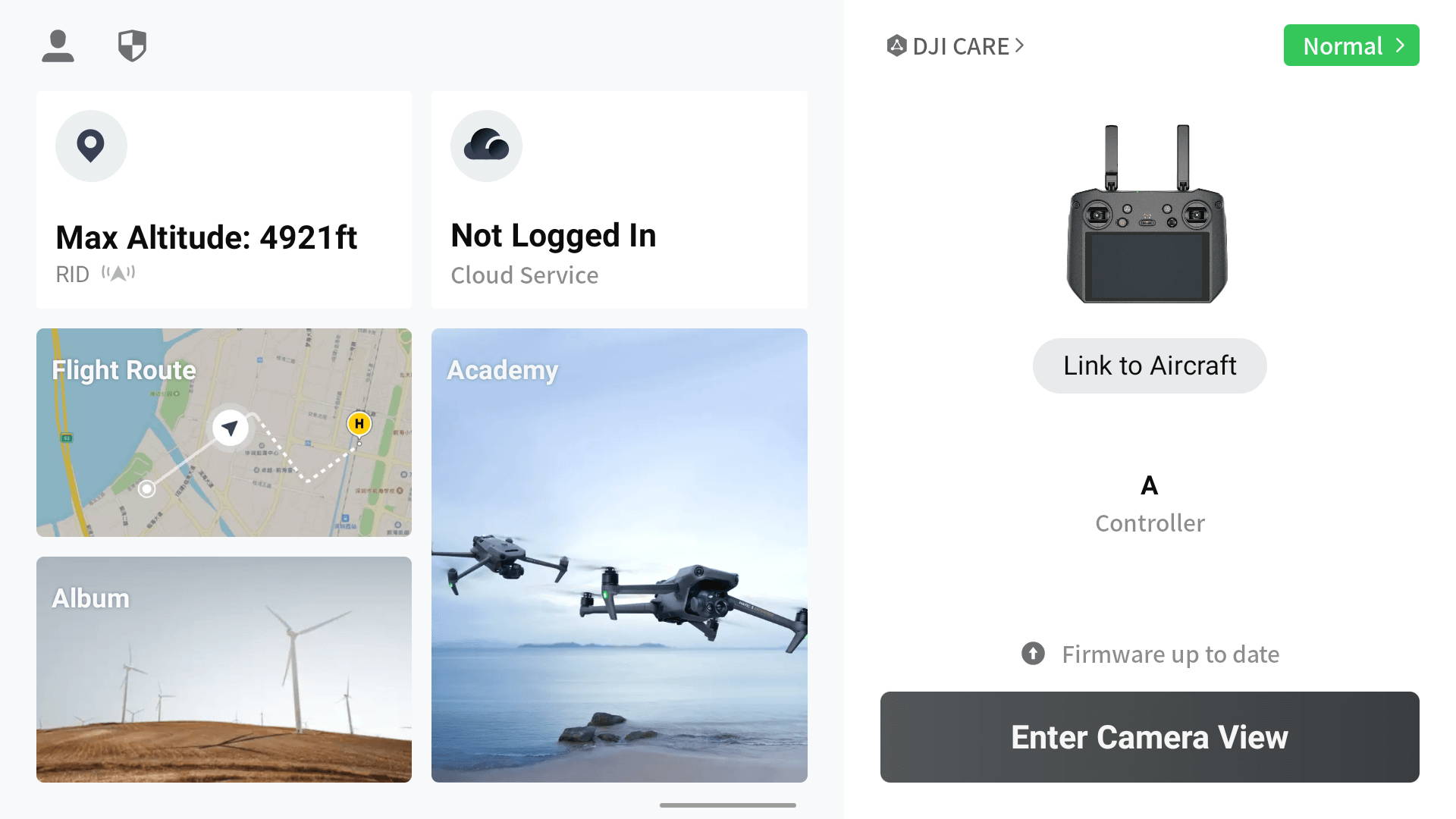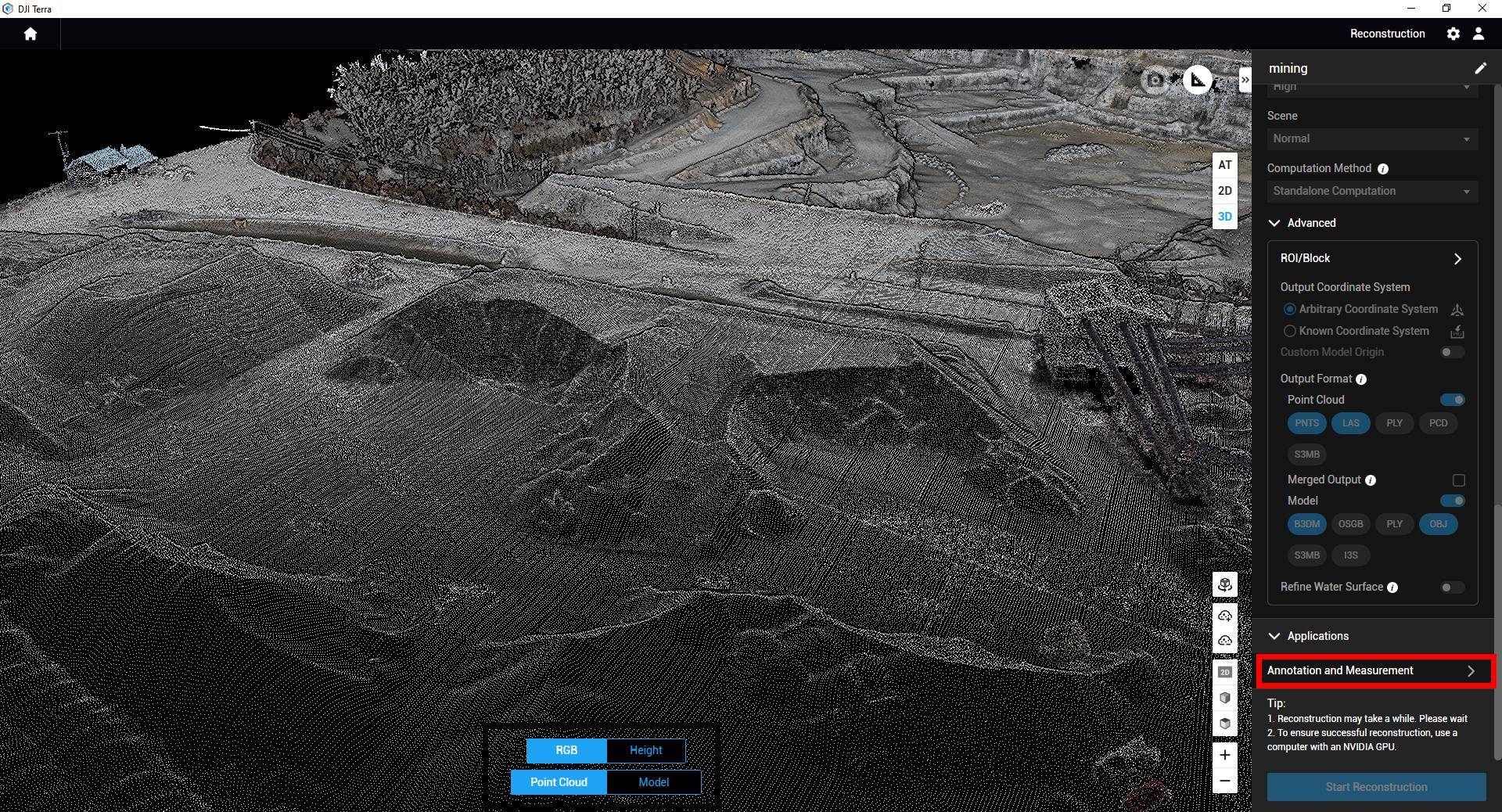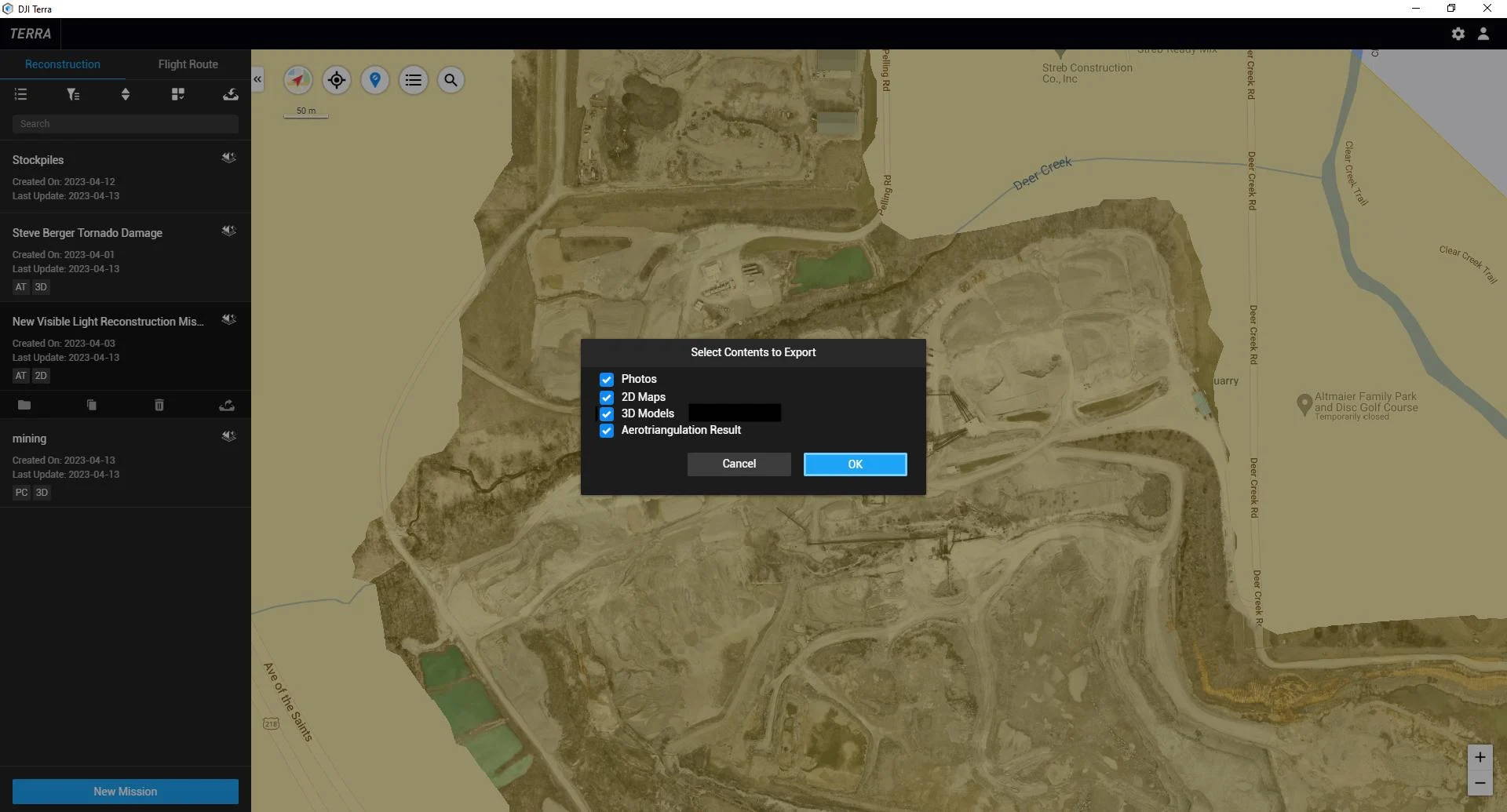Drones have transformed stockpile measurements, making them more efficient, accurate, and cost-effective. With traditional methods, stockpile measurements often required manual surveys or ground-based measurements, which were time-consuming, labor-intensive, and prone to errors.
By leveraging the capabilities of DJI Enterprise Drones, industries can streamline their stockpile measurement processes. These drones can capture high-resolution images or videos of the stockpiles from various angles and altitudes, providing detailed visual data for accurate measurements.
In addition to capturing visual data, DJI Enterprise Drones equipped with LiDAR technology can also capture point cloud data, allowing for even more precise and detailed measurements. LiDAR enables the drones to measure distances and accurately map the stockpile's surface, regardless of its complex shape or vegetation cover.
By eliminating the need for manual measurements, drones significantly reduce the time and resources required for stockpile measurements while improving the accuracy and efficiency of the process.








